Table of Contents
Overview:
Zhang Fei 3D Print art studio, during the restoration of the Henan kiln twistable clay body process in Song Dynasty, scans the artifacts with SHINING 3D’s handheld EinScan-Pro 3D Scanner. On the basis of the high-accuracy data acquired by 3D scanning, the designer adopts the reverse engineering technology to create digital 3D models for the remainder of artifacts and prints them out with a 3D printer, and performs the post-processing to complete the restoration.
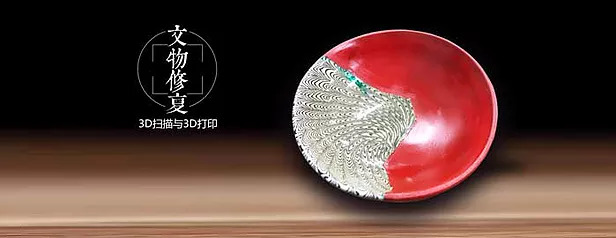
I. 3D Scanning
The designer fixes the EinScan-Pro onto a dedicated tripod and places the porcelain fragments in the center of the EinScan-Pro turntable. Subsequently, the designer adopts a fixed free scanning mode and selects the highest accuracy (scanning accuracy of 0.05 mm) to scan the artifacts.
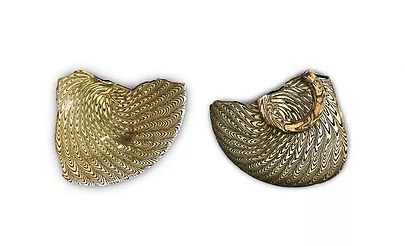
·Original of Song Dynasty Porcelain with Twistable Clay Body
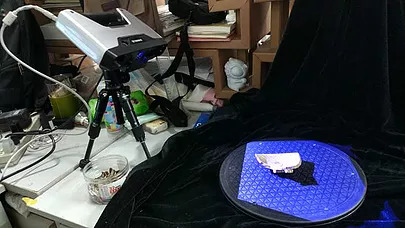
·Scanning Song Dynasty porcelain fragments with EinScan-Pro
After several times of automatic scanning process, the point cloud data of the porcelain fragments are gradually formed in the software coming with EinScan-Pro. Thanks to the high scanning resolution of EinScan-Pro, the tiny details on the appearance and section of the artifacts are preserved. After the scan is completed, the designer converts the point cloud data into triangular slice data in the software. During the conversion process, the designer selects the “simplified model” value as 100 to preserve the full details of the model. After the conversion is completed, the data are outputted and saved as stl and obj files.
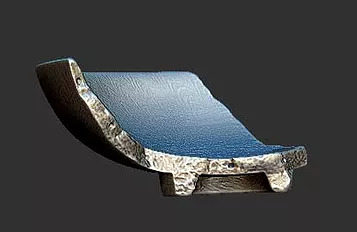
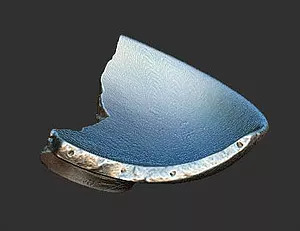
II. Design
The designer will import the obj file obtained from scanning into Zbrunsh. Due to the high number of scanned out model faces, a lot of 3D software cannot cope with this situation, while Zbrush can withstand. Stl files can also be imported into zbrush, but the size often becomes smaller after export, so the designer decides to use zbrush to directly edit obj file.
The twistable body texture brush specially crafted in the software enables the well trimming of the seams between the artifacts and the restoration part. Finally, the Boolean operation is made to get the complete model of the final restoration part.
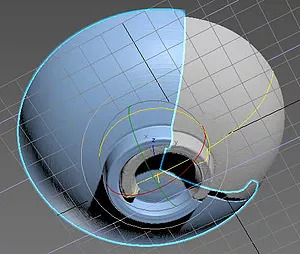
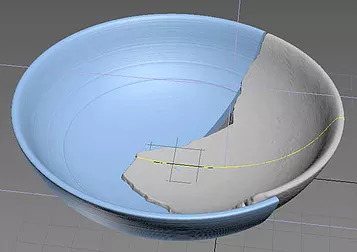
III. Printing and Post-processing
The designer exports the repaired model and transmit it into the printer slice software for printing operations. The 3D printer, after working for more than 10 hours, prints out the restoration part of the artifacts.
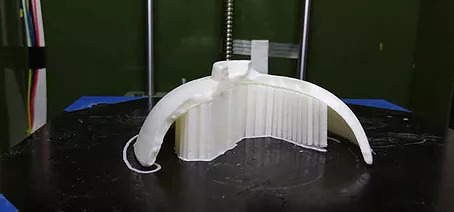
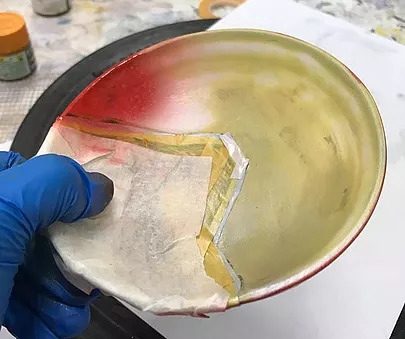
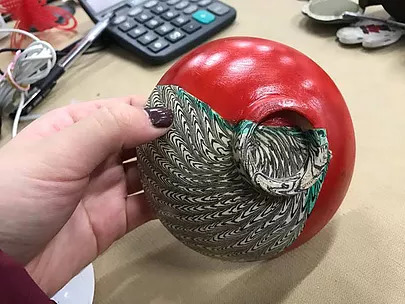
– Customer Profile –
Zhang Fei 3D Print art studio is a studio spontaneously created by the teachers and students in the College of Art & Design of Beijing University of Technology. On the way of art exploration, the teachers and students apply the most cutting-edge 3D printing means, judiciously combine the science & technology with the art, and keep trying a variety of possible creations. Over the past year, they started from their design and animation specialties, and gradually stepped into the relevant art and design industry, and made a lot of attempts to give a full play to the convenience of the new technology. The new technical means can set the designers free from the learning of the complex processing technology, so as to make the cross-border design come true.





